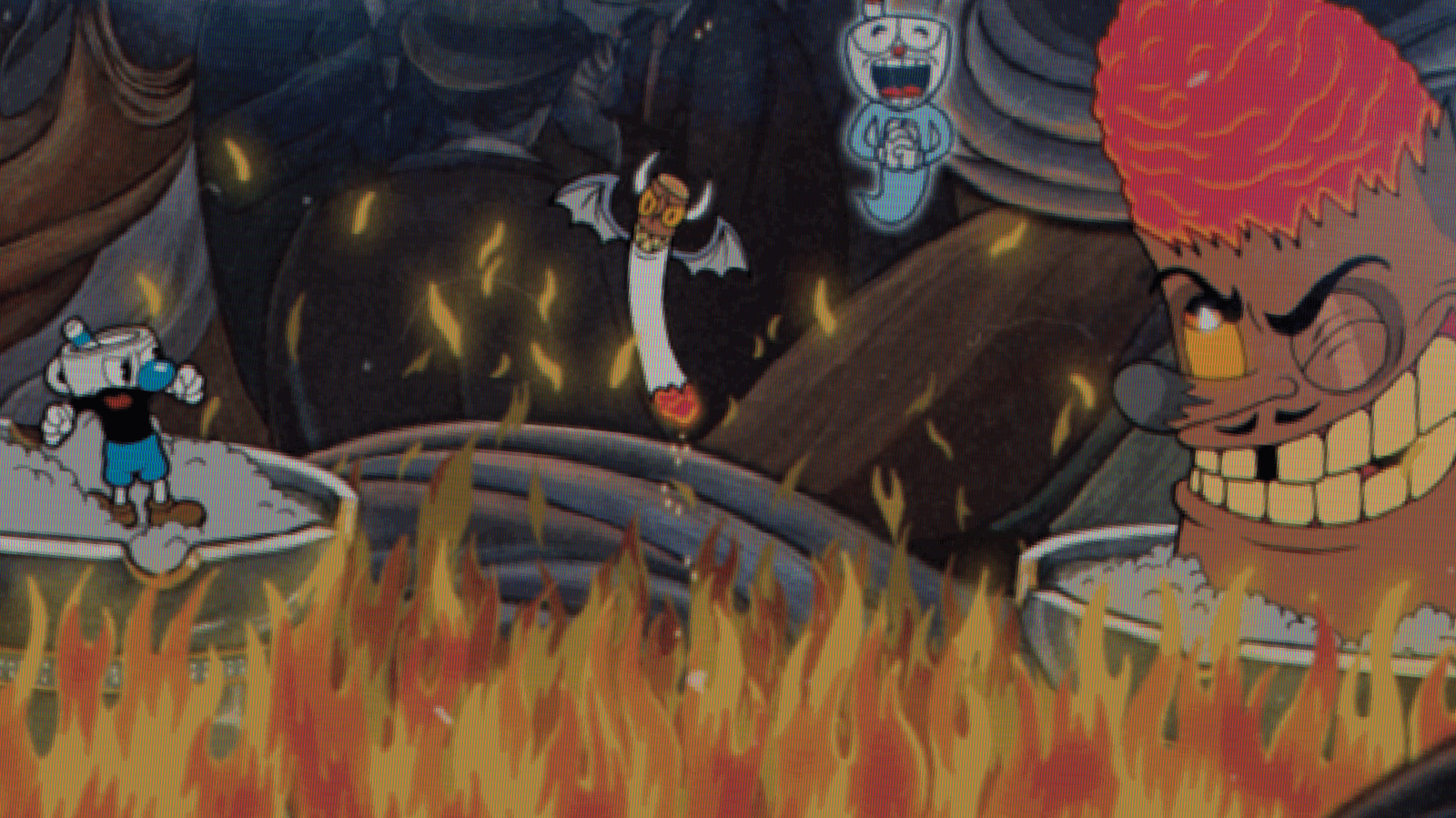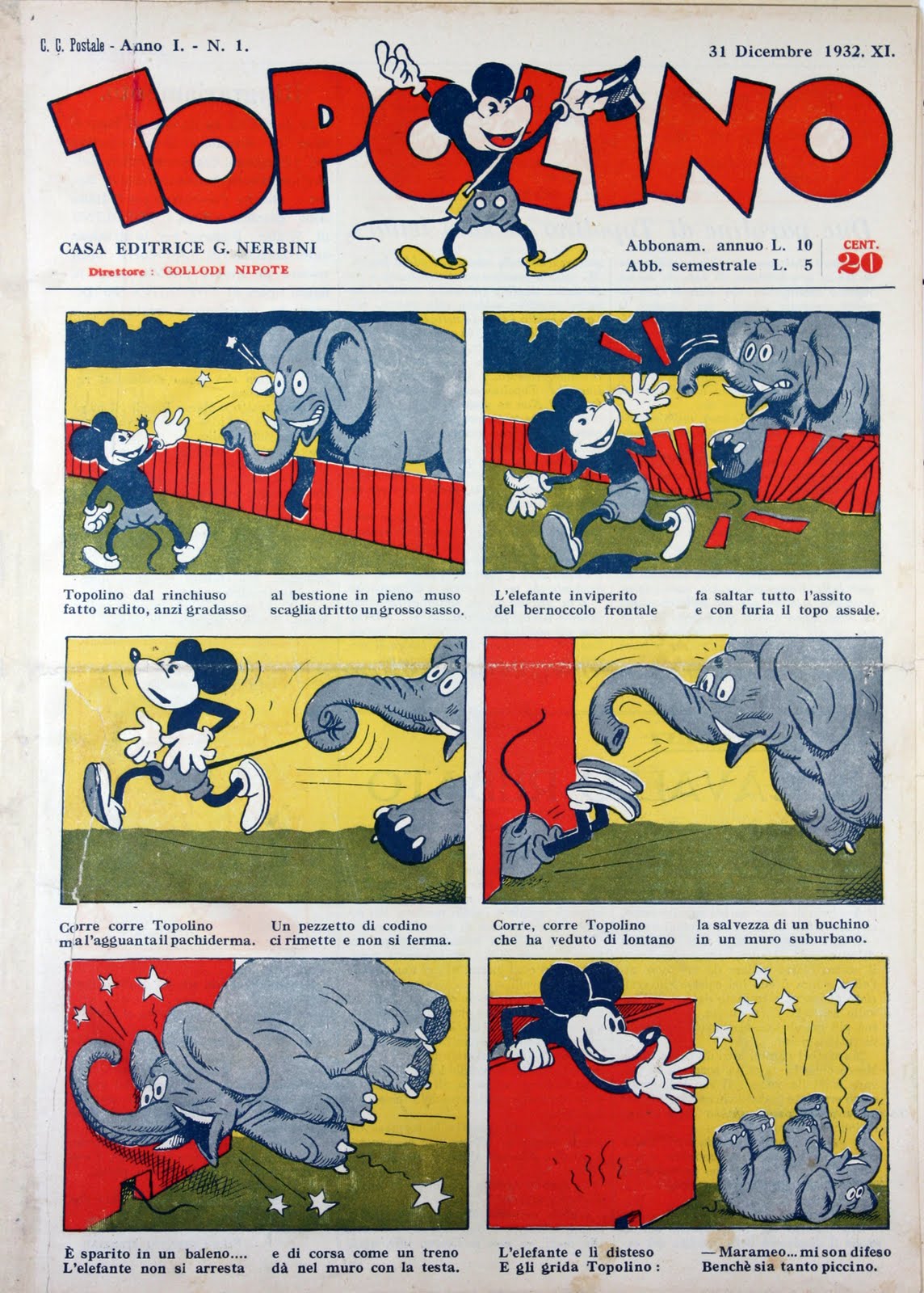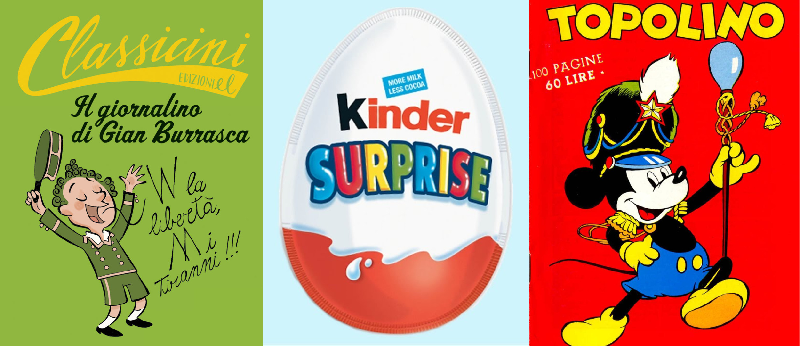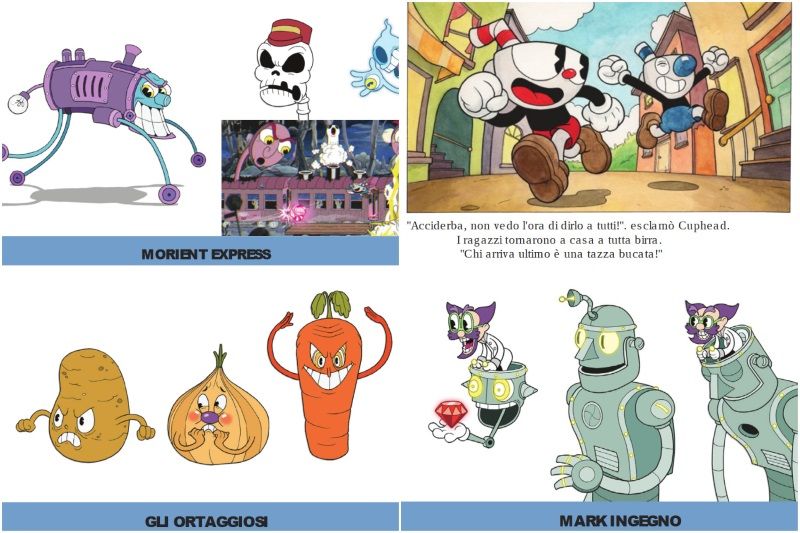Cuphead - Creating happy memories

English video adaptation by Multiplayer.it (original video) and @RisingFunGaming (dub). Enjoy!
"(I would be ready to sell my soul to the Devil too to do the Italian for it, I'm a massive early animation nerd)"
That was me at my most honest (and maybe a touch unprofessional) while helping out Vladimir from Riotloc.
It was May 2017 and they were looking for some tips and ideas about handling Japanese text in the context of Cuphead, an eagerly awaited indie game with one very unique trait: being fully animated by hand using the rubber hose style of 1930s cartoons.
I had recognized the game from a single screenshot because, well, I am a massive animation nerd: my VHS collection stretched proudly from Feline Follies (1919) to West and Soda (1965) and my Kindle library includes titles like "Chuck Amuck: The Life and Times of an Animated Cartoonist" and "Drawing the line : the untold story of the animation unions from Bosko to Bart Simpson". And I have zero practical need for it, I just love the topic
That 1930s flavor
While Cuphead as a game is focused squarely on gameplay, with Run 'n Gun terminology like "Parry" and "EX Shot" as a core layer, the narration is peppered with era-appropriate slang.
"Nitwit"! "Fine pickle"! "Shake a leg"! Cartoons of this era not only looked but sounded differently and we had to absolutely maintain that feeling. However, there was one major problem with being faithful to 1930s Italian...

Italy had been a fascist dictatorship since 1922 and the 1930s bore all the marks of a decade of totalitarianism. Not only foreign cartoons were banned altogether in 1938 but earlier translations were tightly controlled and edited by the regime, which led to an unmistakably rhetorical tone.

Matching it would have been historically accurate, but also quite contrary to the fun and cheerful spirit of the original. We needed to look elsewhere.
Gian Burrasca, Mickey Mouse and Kinder Eggs
In the end, we found a trio of inspirations that could give "raindrops on roses and whiskers on kittens" a run for their money in terms of everyone's favorite things.

The first was Il Giornalino di Gian Burrasca, a well-loved classic of children's literature. It was ideal for us because it was at the same time refreshingly direct (it's meant to be the diary of a kid), decidedly vintage (first edition in 1907!), and instinctively familiar through its multiple movie and TV adaptations.
Then we looked at another childhood icon: Mickey Mouse or more precisely, Mickey Mouse magazine. With up to a million copies sold weekly since 1949, it was an inevitable reference for the type of comic mischief we were looking for.
While the magazine is still published today, via a very active school of Italian cartoonists, we took cues from the decidedly vintage #1 issue from 1949 (reprinted in 2001).
(Interestingly, while the original US stories always had a penchant for slang, many Italian parents buy the weekly Topolino for their kids precisely for its impeccable --and sometime downright refined-- Italian writing)
And the final source of inspiration was... Kinder Eggs! Or more precisely, Daco's Confetti, the copy-writing team that -among other things- helps create Kinder Joy's games and character design.
Their involvement was a lucky happenstance: since each level of the game starts with a mock movie poster, with the boss name in the credits and a pun as the title, we thought of roping in someone with real animation experience.
Through the recommendation of our old friend Giulia Barbieri (who was hiking through Mongolia at the time -as you do-) we got in touch with Luca and Paolo from Daco's, which then went through our list of names and titles and punched it up with some masterfully cringe-worthy puns.
All in all, it's a translation we're proud of: fluid enough to be enjoyable on screen yet rich and humorous enough to be memorable.

And then...
The localization didn't come out.
Although the translation was completed and delivered on time, the game was only available in English. Studio MDHR mentioned adding the other languages at a later date, via a patch, but months and years passed... to no avail.
The Italian gaming site Multiplayer.it picked up the story and even recorded the video you can see at the top of the page.
When the localization was finally added when the game was repubblished on Nintendo Switch in 2018 (arguably its best host), we felt truly vindicated. The creativity and originality of the adaptation was constantly mentioned in the reviews.
It may sound like a detail, but the excellent quality of the title extends to the various translations; the guys from Studio MDHR have given an interview to explain their approach, and the end result is sincerely excellent! Every single, untranslatable pun has been interpreted and adapted to our language, fully capturing the irony of the original. - Cyberludus.com
It's really worth pointing out the quality of the localization work, with gems in perfect vintage style that fit wonderfully with the retro spirit of the production - Everyeye.it
This conversion for Nintendo Switch is one of the best in the short history of the newest of Nintendo's consoles, moreover enhanced by an excellent, fitting and equally inspired Italian translation. - Multiplayer.it
Cherry on top? In 2022 Cuphead was adapted into a cartoon series and -while we were not involved- most of our naming was kept, down to very specific choices like Nonno Bricco and Satanasso Pigliatutto.
In conclusion
I hope I didn't sound too gloating, I do have a point with this, beyond pride and nostalgia.
I firmly believe that localization project should have a vision. There are countless ways to correctly, accurately translate a word. And letting Rule of Cool dictate them all leads to a tinny, hollow feeling.
But find a vision and everything clicks.
What is Animal Crossing? Animal Crossing is your treehouse, where you chill with a big smile surrounded by all the things you like, exactly how you like them.
What is Gran Turismo? Gran Turismo is your toy car collection, standing proud on your shelf, ready to go Vrooom Vroom whenever you feel like.
And what was Cuphead? Well, Cuphead the summer vacations of your childhood, going to the seaside and reading an old issue of Topolino/Mickey mouse magazine, with that faint smell of must and saltiness.
And my biggest pride is that when I explain that, players wide-open their eyes and say: "Yes, it was exactly that!"
What a project!